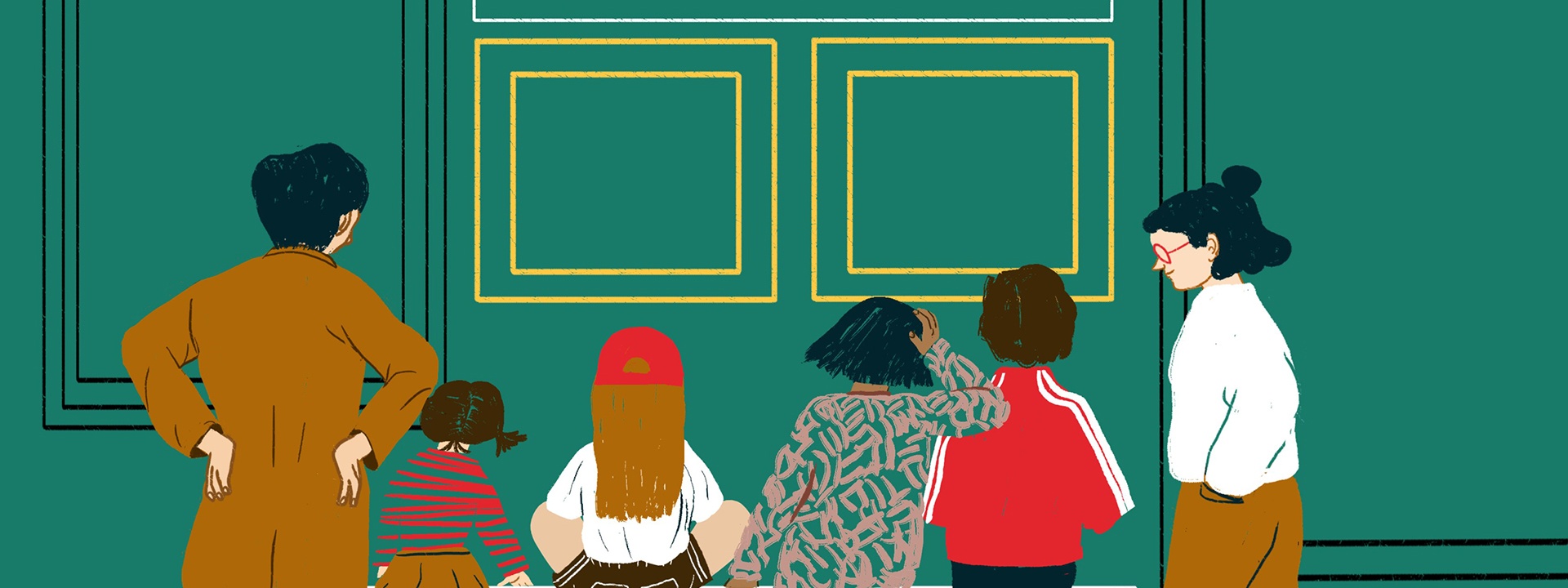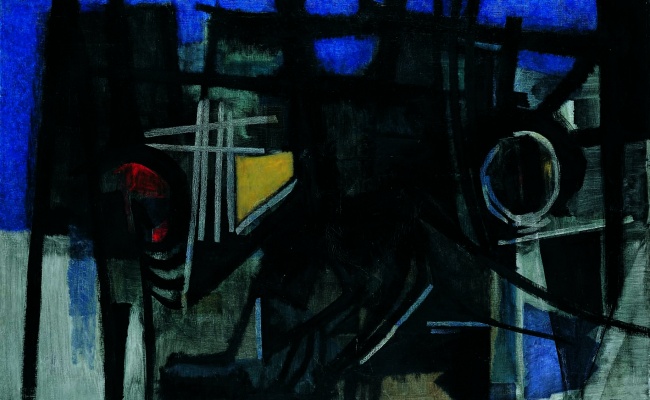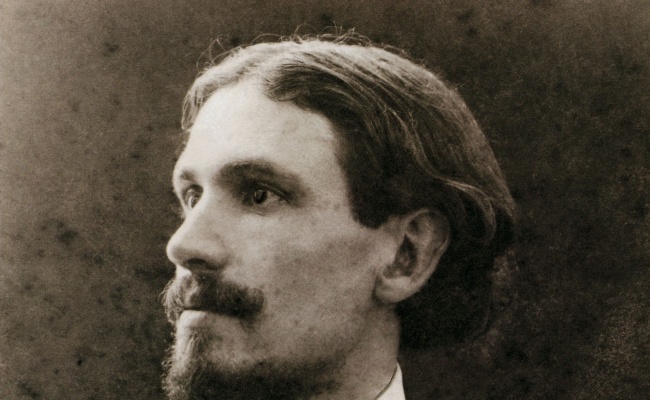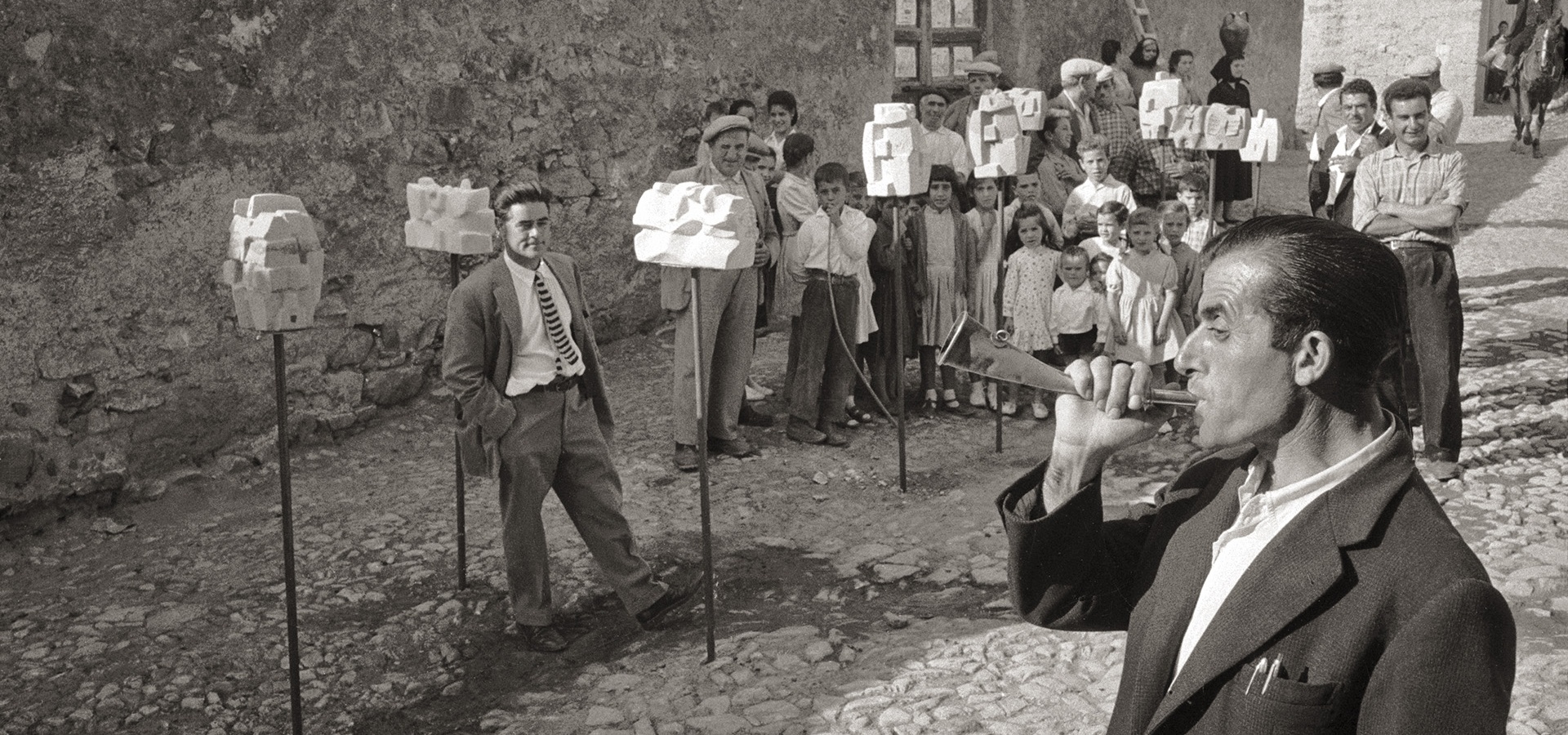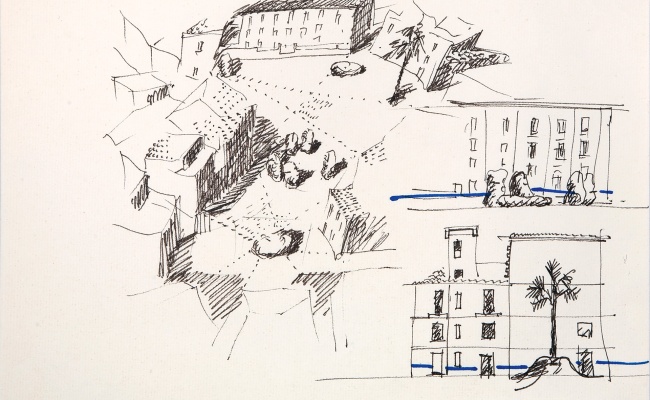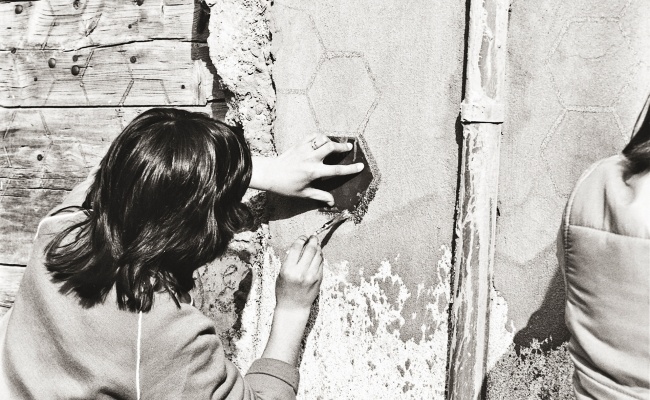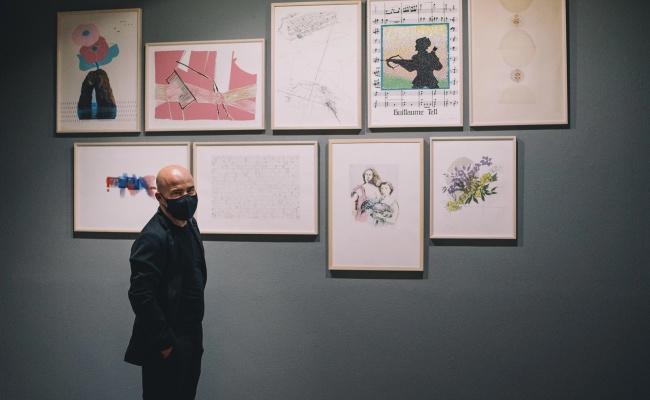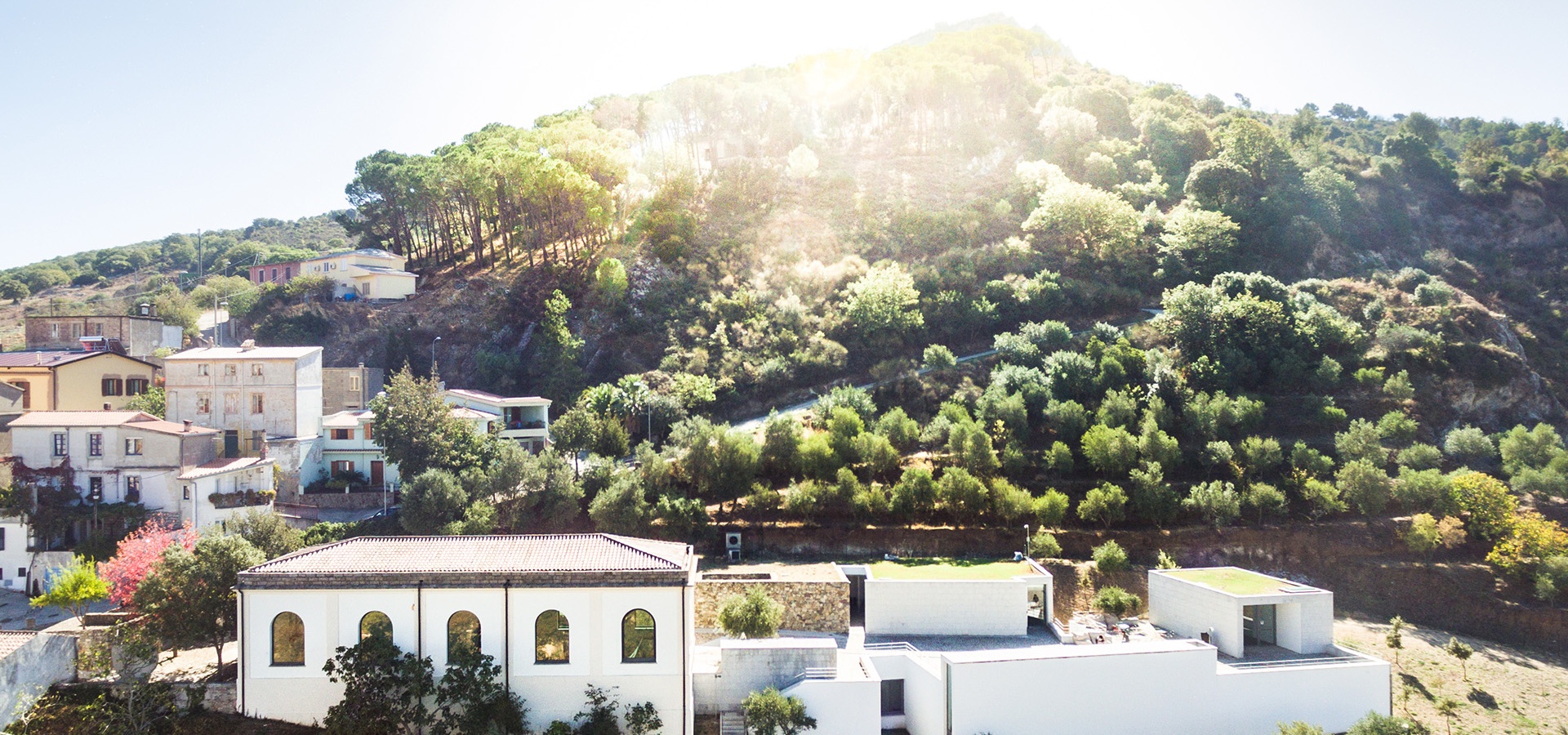In the climate of modernisation and experimentation that spread through society and culture across the globe in the 1950s, new languages and aspirations in the visual arts also took hold in Nuoro and the Nuoro region.
Contemporary Art in the Heart of Sardinia
Description
At the first painting biennial in Nuoro, the Biennale Nazionale di Pittura, held from 21 August to 1 September 1957, Mauro Manca’s award for a provocative abstract painting titled L’ombra del mare sulla collina (The Shadow of the Sea on the Hill) was met with astonishment and sparked off a heated debate.
The debate had both political aspects (in 1948, Palmiro Togliatti had branded abstract art a mix of ‘monstrosities’, ‘horrors’ and ‘nonsense’) and historical motivations: in the Nuoro region, the realism of the Sardinian school was deeply rooted in a solid tradition, stretching from Francesco Ciusa and Carmelo Floris to Mario Delitala and Francesco Ciusa Romagna.
Manca’s victory was, however, a sign of the times. The next year, in 1958, Costantino Nivola returned to Orani to organise an extraordinary exhibition on the streets of the town and decorate the facade of the church of Sa Itria with abstract figures that seemed to have come down to the village like extra-terrestrials from a UFO. Born in Orani but by this point living and well known in New York, Nivola was hugely influential for Sardinian artists, who looked to him for ways of updating the form and content of their own art starting from their cultural identity.
During another important visit, between 1965 and 1967, Nivola ‘sculpted’ an entire piazza in the middle of Nuoro, in homage to the poet Sebastiano Satta. The inauguration of Piazza Satta coincided with a solo show for the artist at Chironi 88, an avant-garde art gallery run by the phenomenal Sandrina Piras, who had been a leading figure on the Nuoro art scene since the late 1950s, tirelessly organising exhibitions devoted to local and international artists, some already firmly established and others just emerging, like the Nuoro painter Gino Frogheri.
It was also thanks to Piras that Maria Lai organised an homage to Salvatore Cambosu in Orotelli in 1984, L’alveare del poeta (The poet’s beehive), a participatory event that, in the spirit of the artist’s more famous Legarsi alla montagna (Tie yourself to the mountain), used the symbol of honeycomb to render visible the ties between the writer, who died in 1962, and his community.
While the Nuoro region, the heart of Sardinia, is known for its ancient traditions, it is no less so for its contemporary art museums, an impressive list that includes MAN, Nuoro, the Museo Nivola, Orani, MAMA, Atzara and MAC, Lula. Some of the most interesting contemporary Sardinian artists also hail from the Nuoro region, including Cristian Chironi, Siro Cugusi, Vincenzo Grosso and Daniela Spoto.
And, perhaps in part on the wave of Orgosolo, where more than 150 murals dealing with political and social themes have been painted since the late 1960s, the Nuoro region is also home to a lively street art movement, its pioneers including Seuna Lab (founded in 2006).
 Nuorese Cultural District
Nuorese Cultural District